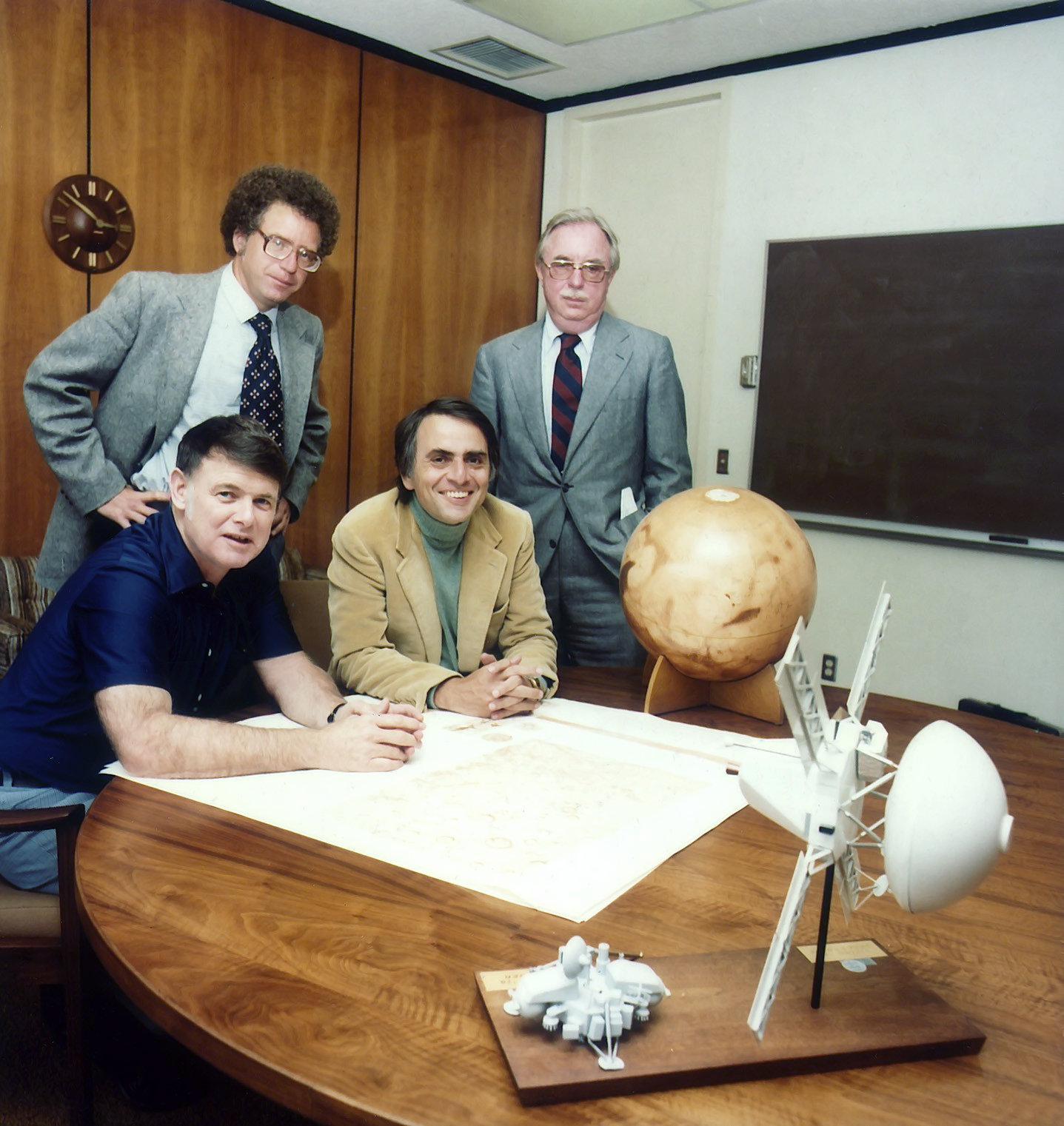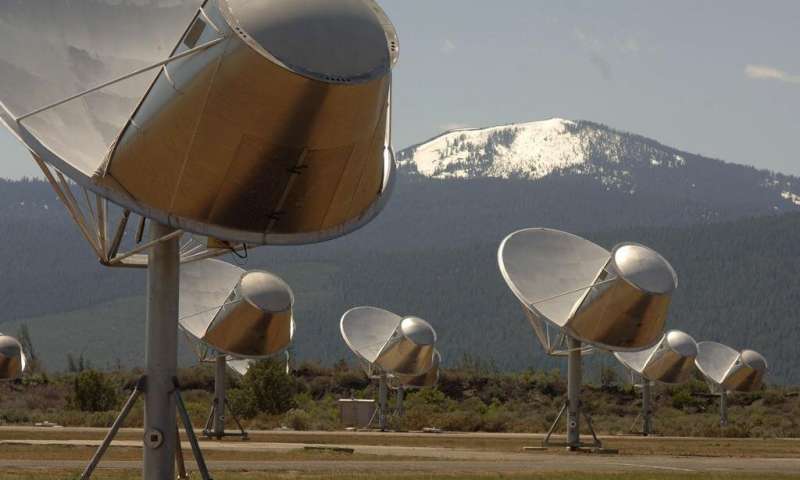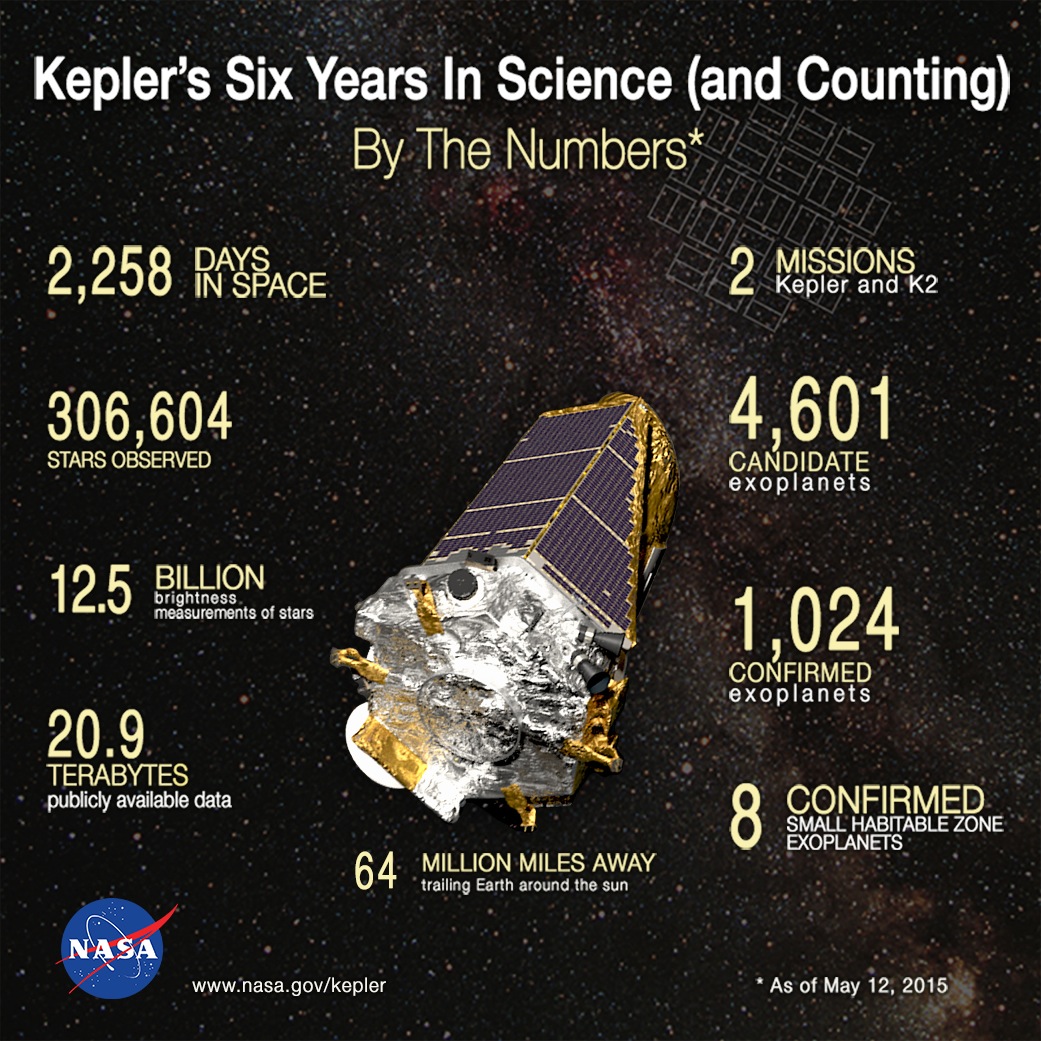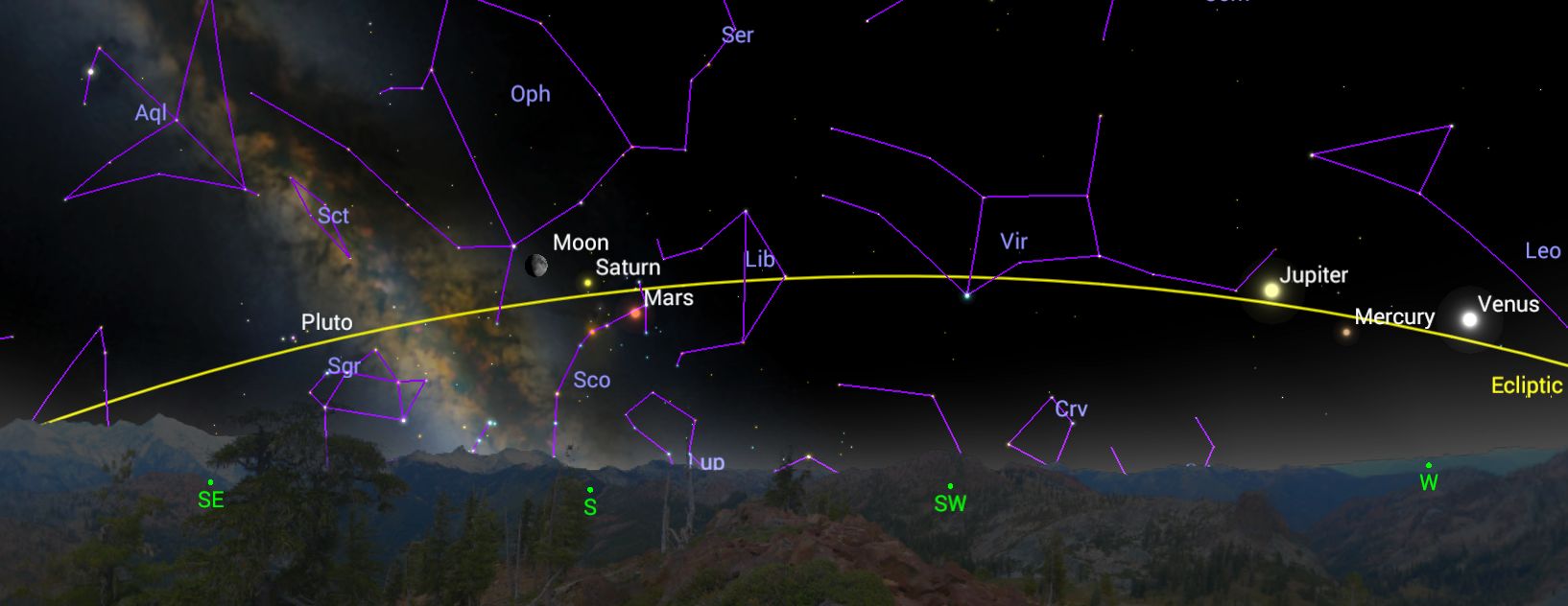Most people are familiar with the Search for Extraterrestrial Intelligences (SETI) program, the scientific endeavor to use radio telescopes here on Earth to detect transmissions that might be coming from alien intelligences in other solar systems. While some attempts at SETI research date back to the very early days of radio it was in 1980 that Carl Sagan, Bruce Murray and Louis Friedman founded the Planetary Society which has served as a focal point for SETI research. Despite many years of searching thousands of possible nearby stars to date the SETI program has failed so far to find a single signal that is unequivocally from an alien intelligence.

Our Galaxy is a big place however, and for every star that has been observed looking for intelligent signals there are thousands that have not. In other words the work of SETI has barely begun. In fact its hardly surprising that, in a Galaxy filled with literally billions of worlds where life could exist our first few attempts to find it should come up empty.

So the scientists at SETI did what scientists always do when they need to expand their search efforts in order to obtain more data. Develop a broader search program, design more sensitive equipment, and look for more funding.

Enter the Breakthrough Initiative. Breakthrough is the brainchild of Russian Billionaire Yuri Milner who is funding a series of high-risk scientific studies that have the potential to revolutionize human society if any one of them should succeed. In other words Milner expects most of his initiatives to fail but he’s hoping for at least one Breakthrough!

The Breakthrough Initiative’s contribution to SETI comes in the form of a $100 million dollar grant called Breakthrough Listen that is being managed by the SETI Research Center at the University of California at Berkeley. The large size of that grant has allowed the Breakthrough Listen team to obtain time on several of the biggest radio telescopes including the 100-meter fully steerable telescope at Green Bank Observatory in West Virginia, the world’s largest, and the 64 meter telescope at Parkes Observatory in New South Wales Australia. By taking observations from one radio dish in the northern hemisphere and one in the southern the scientists are able to study the radio emissions coming from any star in the sky.


Even with that extra funding and better instruments however Breakthrough Listen still has an enormous amount of work to accomplish. In an effort to concentrate their efforts on the most likely targets the Breakthrough Listen astronomers have begun listening to stars that are known to have planets thanks to the efforts of the Kepler Space Telescope. In my post of 28th April 2018 I discussed how the Kepler Space Telescope succeeded in discovering more than 2500 planets around other stars by measuring the small drop in the star’s brightness as one or more of its planets passed in front of it. The breakthrough Listen team can now make use of Kepler’s results in order to thoroughly examine those stars known to have planets before continuing on to other targets.

In fact we might even think in reverse and first consider examining those stars where the inhabitants, if any, could see the Earth and the other planets of our solar system crossing in front of the face of our Sun. The possible alien civilizations around those stars might actually have already discovered Earth and be trying to contact us at this very moment! The stars that fit that criteria are those that lie along or near the plane of the ecliptic, the path the Sun takes through the background stars every year.

This new search effort was conceived by and is being led by Sofia Sheikh, a graduate student at the Department of Astronomy and Astrophysics at Penn State University. To date the team has accumulated and released over four petabytes worth of data but sadly no definitive signal from any aliens. Ms. Sheikh and the other Breakthrough Listen scientists will keep at it however; after all there are only another 200 billion stars in our Milky Way left to examine.
And if you think about it, isn’t that the whole idea behind the Breakthrough initiative? To invest in research that has little chance of success, but will change the world if it does?
